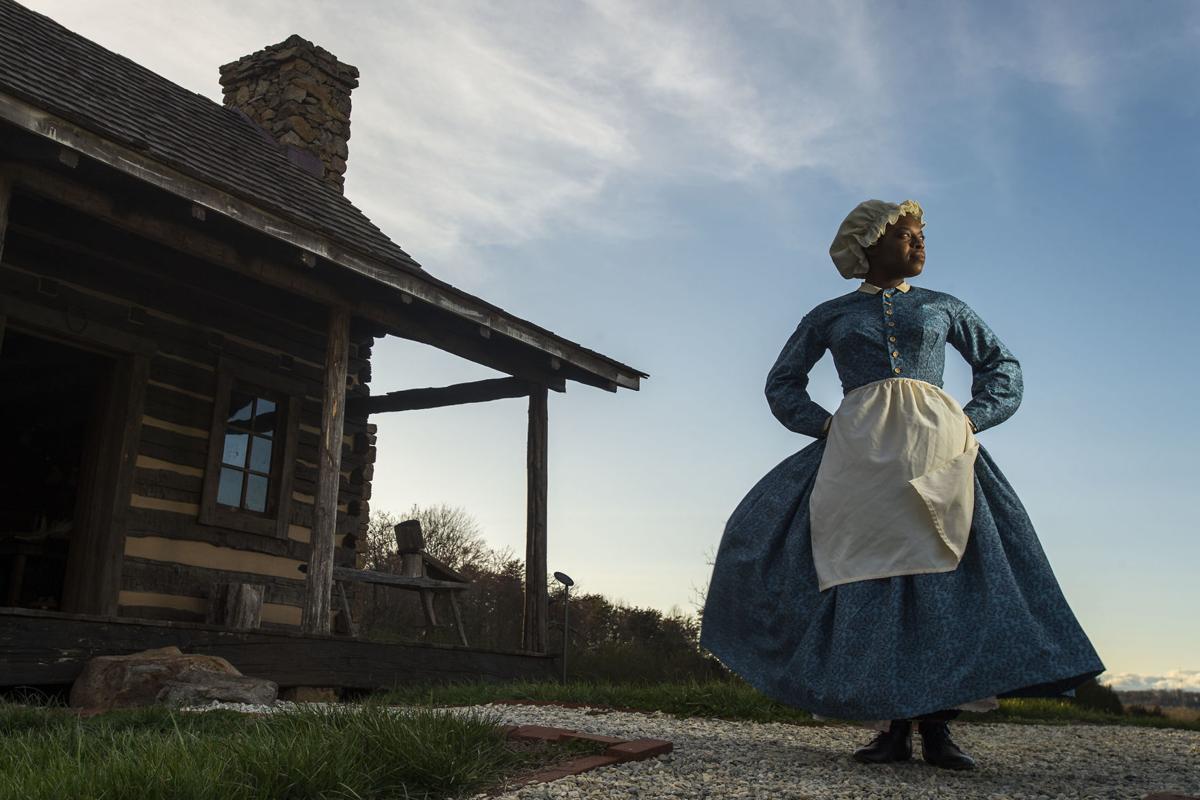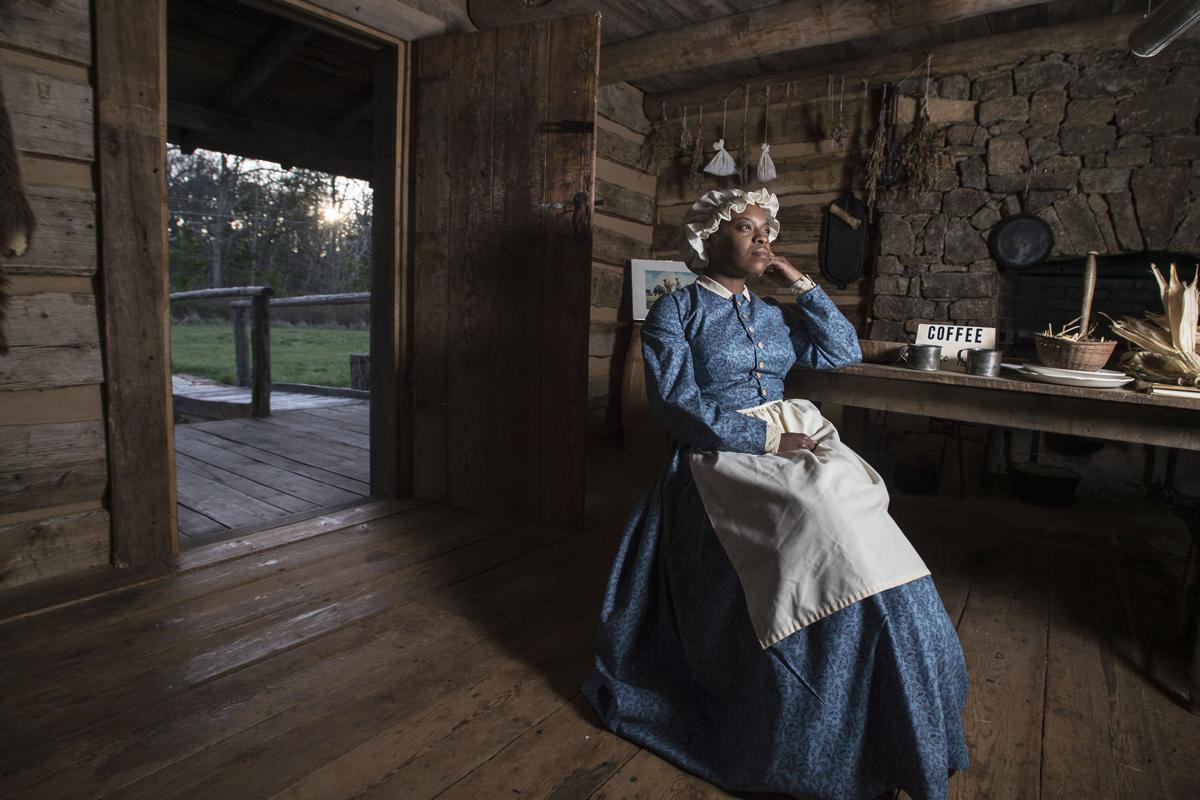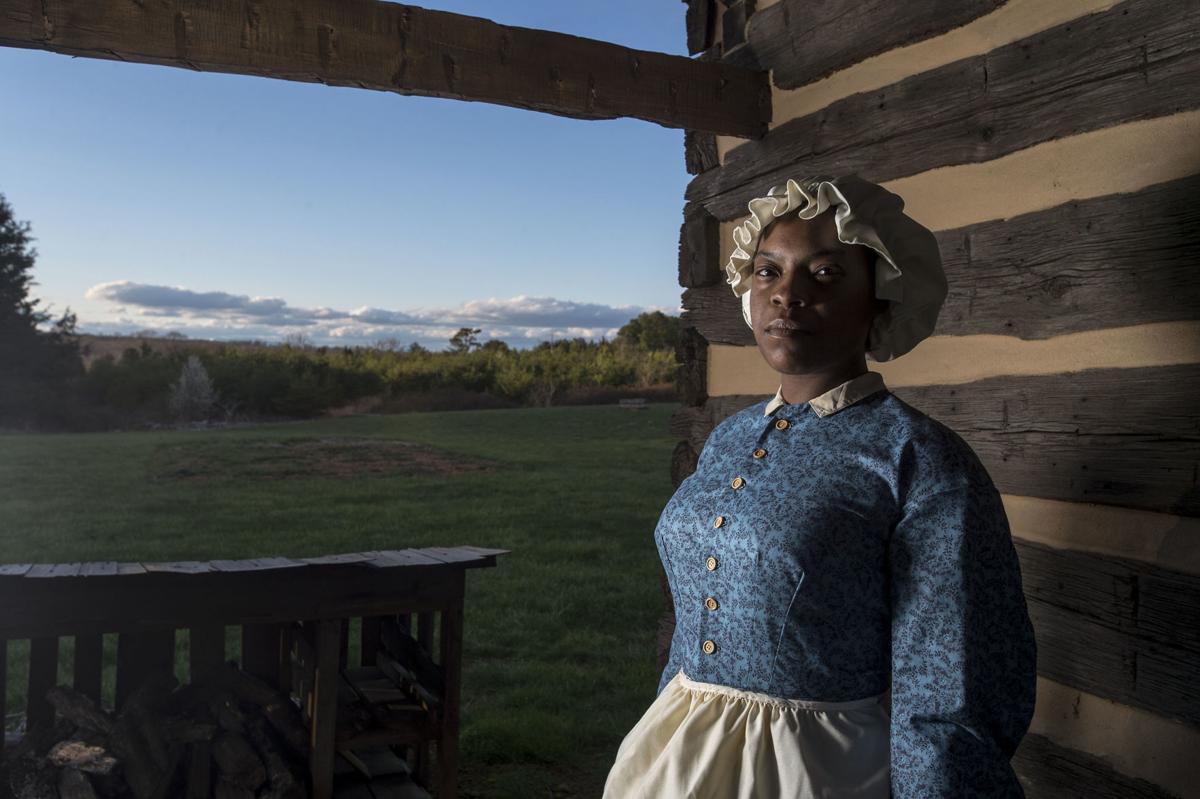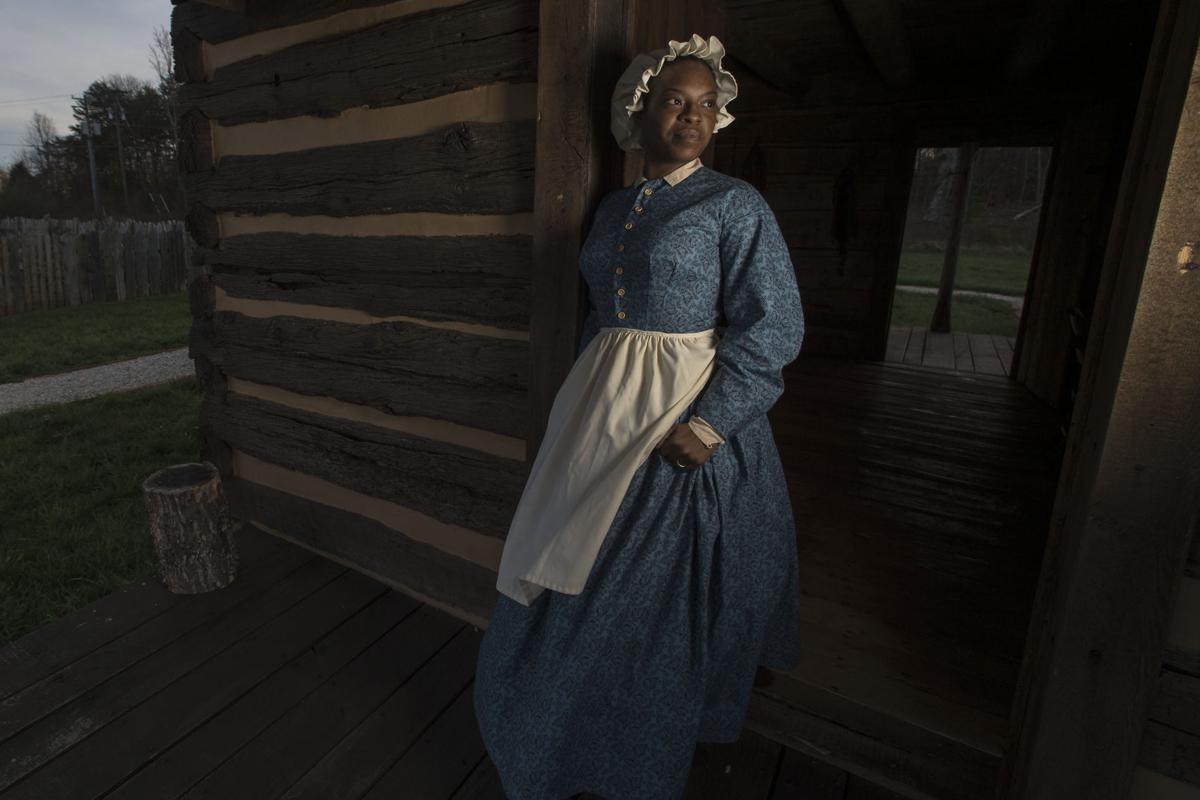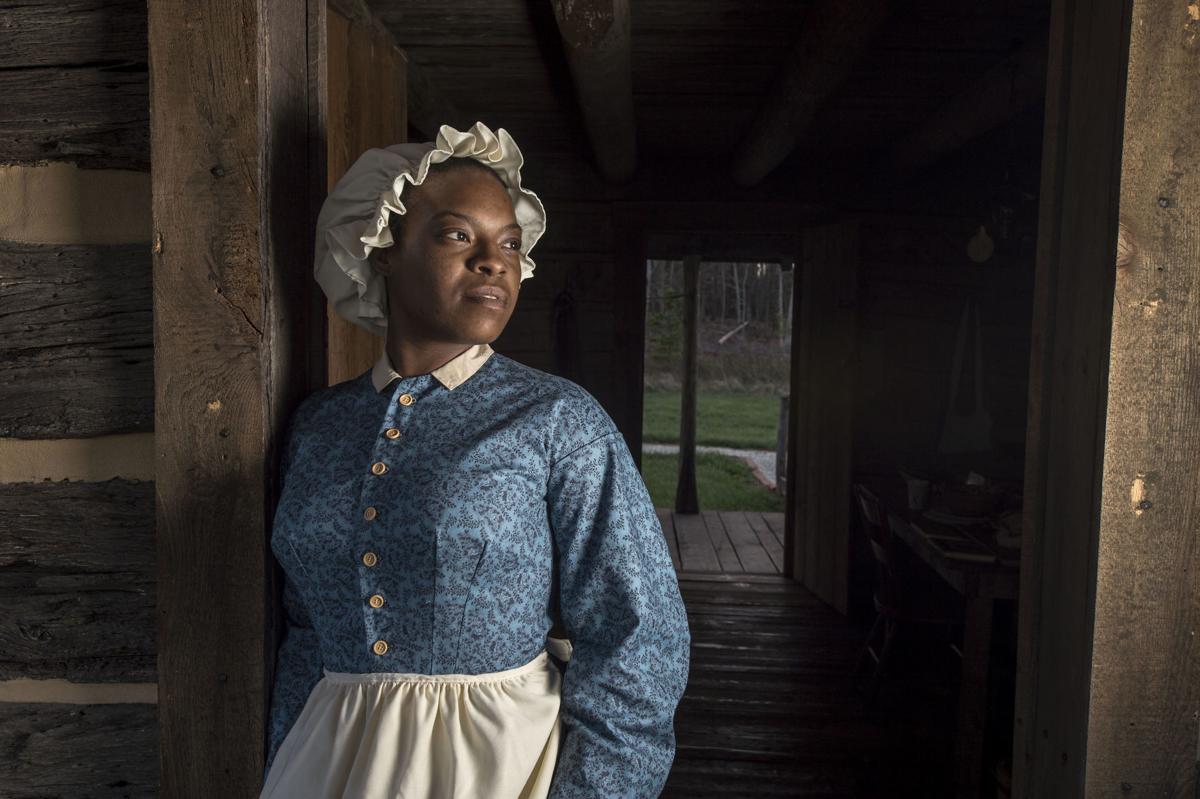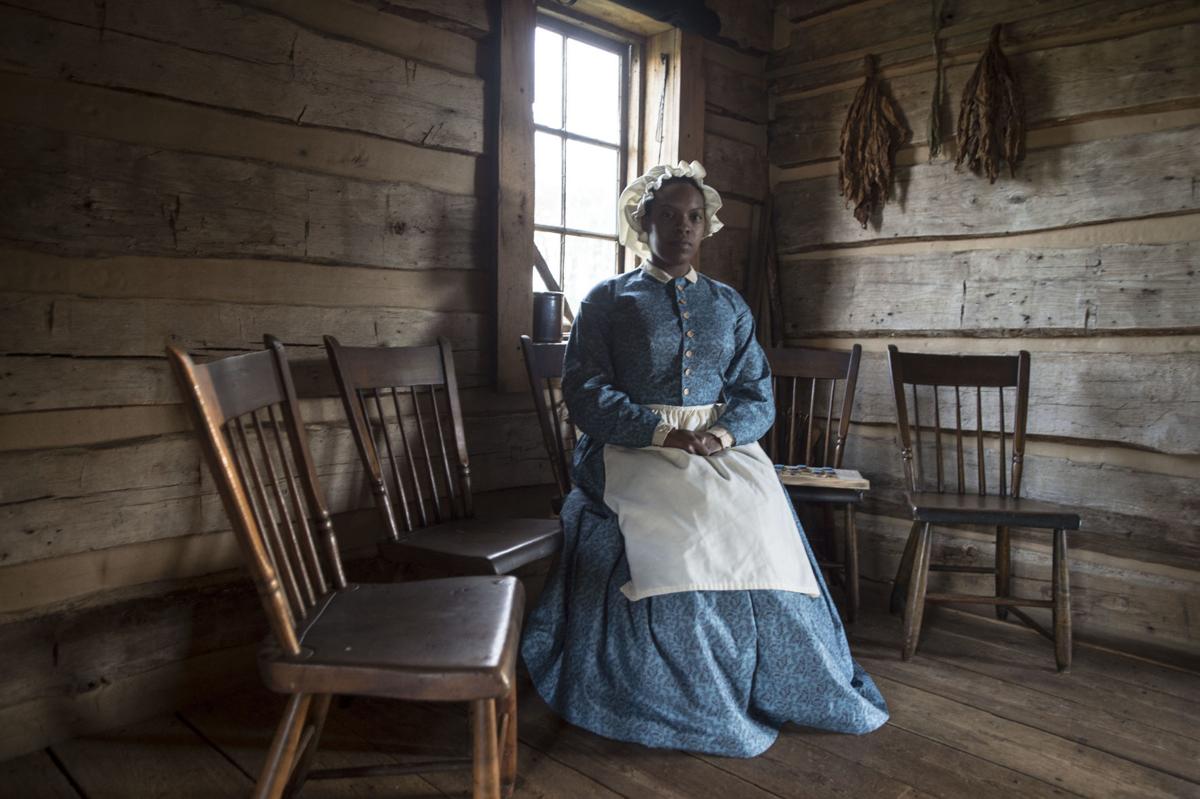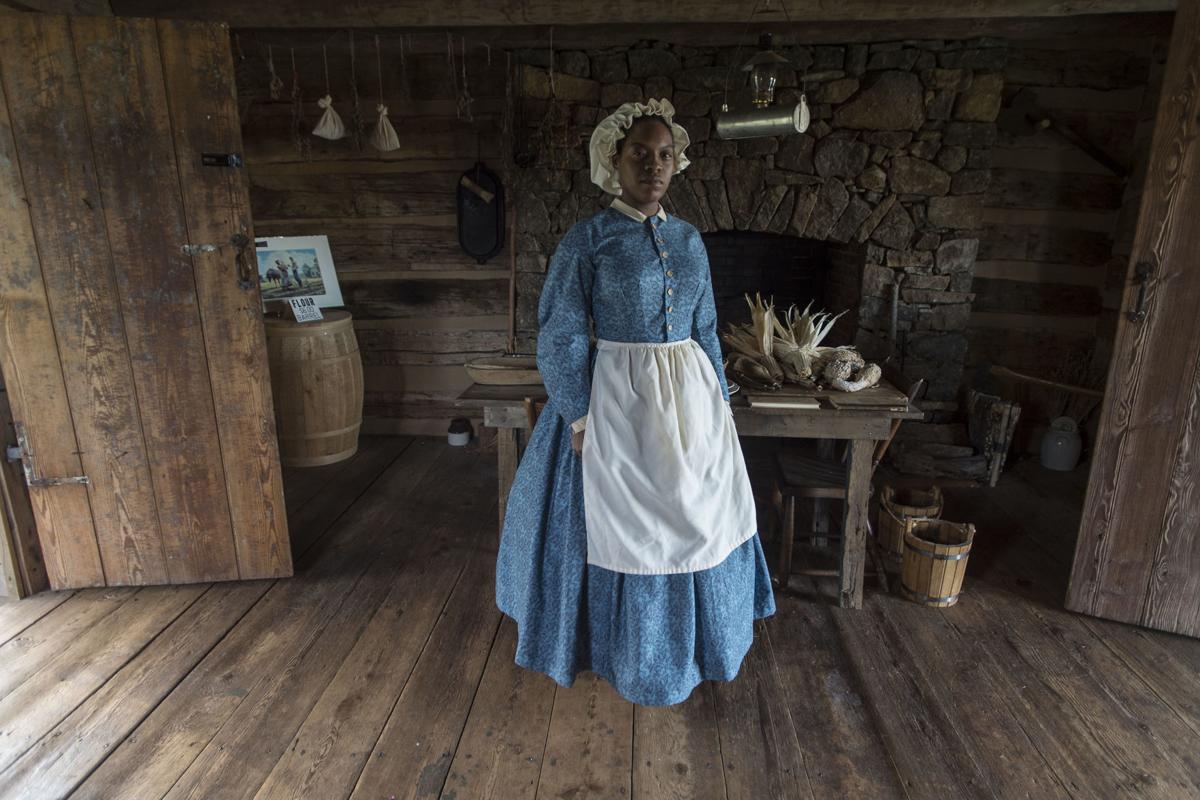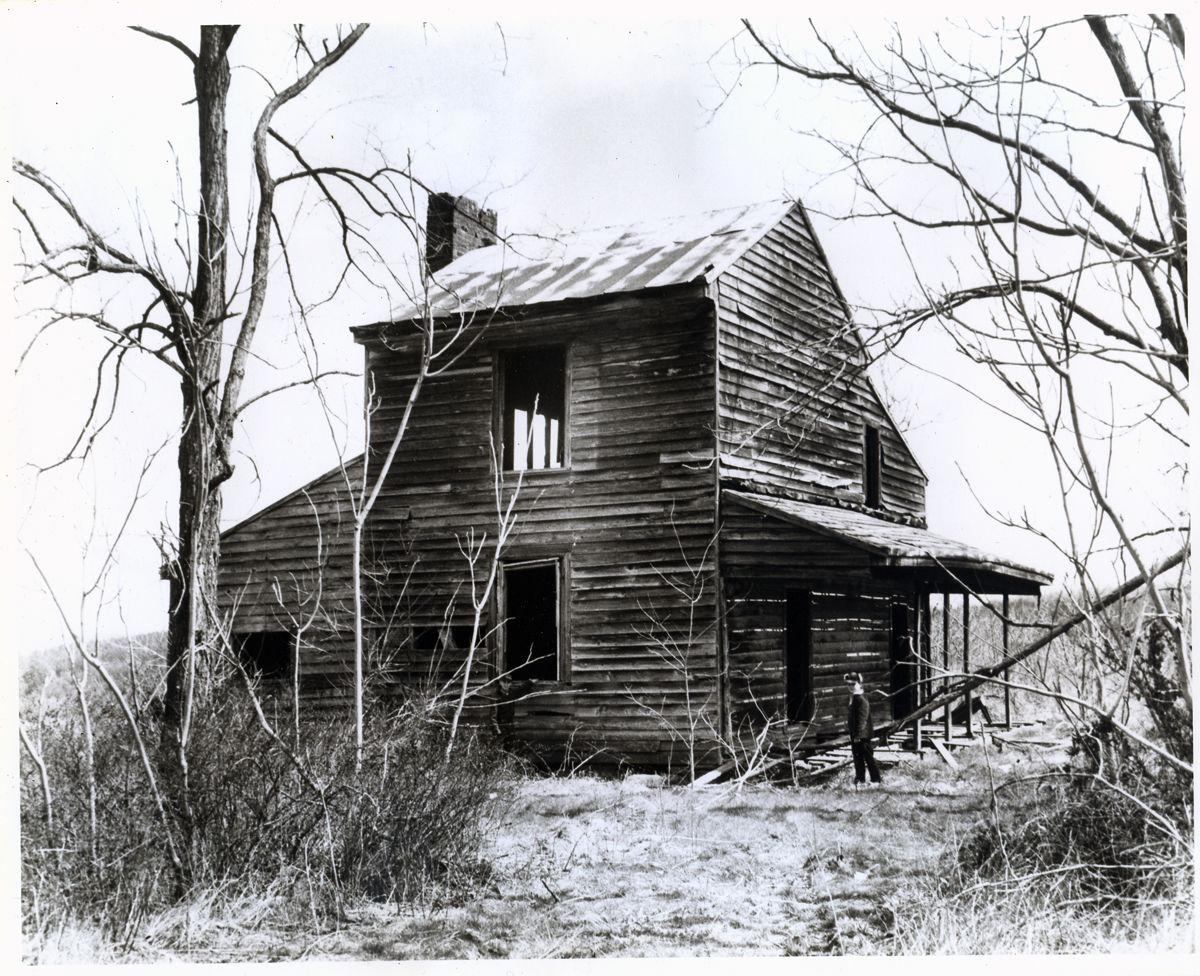First uncovered in the 1970s, the tragic true story of Appomattox slave Hannah Reynolds did not reach mainstream knowledge until Appomattox Court House National Historical Park’s “Footsteps to Freedom” program in 2015 during the 150th anniversary of the Civil War.
“I don’t think a lot of people — and I’ll even include the National Park Service — were really thinking on slavery as a central cause for the war and, therefore, emancipation as the central outcome,” says Ernie Price, the park’s chief of education and visitor services. “And so, a story like Hannah Reynolds’ didn’t resonate then in the way that it does now.”
Around the time of the sesquicentennial in 2015, Reynolds, the only civilian casualty at the Battle of Appomattox Court House, was mentioned in articles from The Associated Press, The Washington Post and Slate, and her funeral reenactment, during “Footsteps to Freedom,” was attended by about 1,000 visitors, Price says.
“We were really starting to embrace more of that part of the story,” Price says. “And when we did, Hannah Reynolds’ story really resonated with a lot of people.”
Three years later, the slave’s story has gotten a theatrical makeover in Wolfbane Productions’ new one-act play “The Hannah Reynolds Story,” which runs Friday and Saturday as part of the park’s 153rd anniversary of the surrender.
“It’s amazing to me that someone who was living April 9, 1865, and 153 years after the fact, her story is being told,” says Alfred L. Jones III, the researcher behind the “Footsteps to Freedom” program. “... It was buried, just a footnote in history and, now, it’s moving from a footnote in history to being a full-fledged story.”
The performances, which are free and open to the public and run roughly 40 minutes, follow Reynolds from April 6, 1865, three days before the war ended, until her death on April 12.
“[Wolfbane] doesn’t do anything halfway, so I know [it’s] going to make everything so epic with music and artillery fire,” says actress Beverly Owens, who portrays Reynolds in the production. “It will feel like, by the end of the show, that you survived an assault and, now, are looking at freedom.”
The property of Dr. Samuel Coleman and his wife, Reynolds stayed behind when the family fled their home about a mile west of the village of Appomattox Court House. Like many, the Colemans sought shelter from the incoming armies that were marching on the Lynchburg-Richmond Stage Road less than 100 yards away from their front door.
The Union and Confederate armies “were converging on the overall position and the house was caught up in it,” Price says.
During the fight that would become known as The Battle of Appomattox Court House, Reynolds was struck in the arm by an artillery shell. She was discovered with her husband and treated by a Union surgeon, but life-saving medical care proved ineffective, and she died three days later.
The same day Reynolds sustained her injury, General Robert E. Lee surrendered — which means when she died, Jones says, she died a free woman.
Aside from this information, little is known about Reynolds or, quite frankly, most of the slaves of Appomattox Court House simply because records of their lives were either not written or kept.
Historians do not even know Reynolds’ true age, says Ken Arpino, Wolfbane’s executive director and the playwright behind the one-act.
“We all want to know more about Hannah Reynolds … but we need to understand the documented history is very, very limited,” Price says.
This made the process of writing a play about Reynolds an even bigger challenge than what usually comes with creating historical fiction.
Arpino first learned about Reynolds in 2016 when The American Civil War Museum-Appomattox, which has helped produce the play along with the park, introduced her story to him as one in a series of possible stories to be turned into educational skits for an outreach program.
For five months, he worked on the play, meeting with Jones and sending the completed script to the park for edits that would help ground it with more historical context.
“There was so much uncertainty in that time, in 1865, and it affected real people,” Arpino says. “… I wanted to explore some of that uncertainty and all the what-ifs of that time. I mean, there was no currency, the government was changing. People didn’t know, literally, day-to-day what the next day was going to look like.”
Aprino says he explored the mystery of why Reynolds stayed at the Coleman house while the family left and how her fever, which historic reports reveal the surgeon noticed when he arrived to treat her, set in.
“There’s just so many different ways things could have gone,” he says. “Think about all the different choices you make in your life and work … what twists and turns got you to this point. It was very interesting to explore that through the eyes of another person.”
Slowly, he says, he pieced together his own version of the story, tying it in with as much historical information as he could find.
Although Aprino says the play involves a lot of speculation, both staff at the park and the Civil War Museum have expressed enthusiasm for the final result.
“I want to applaud [Arpino] and Wolfbane for taking scant amounts of historical record and turning it into a story that we feel is a reasonable perspective of a piece of history,” Price says. “Yes, you do have to fill in some gaps, you just do. But the alternative is to not tell the story at all, and I don’t think we think that’s a good alternative either.”
To Price, the attention surrounding Reynolds’ story indicates a growing interest in other stories outside of the battles themselves that have yet to rise to the forefront.
“It’s important … that this narrative of Civil War to civil rights starts getting widely accepted,” Arpino says. “Appomattox is more than Civil War. We’re civil rights as well because of Emancipation Day [which] started it all back in 1865. We need those stories to start coming out because it’s an important part of our history and we need to be studying it.”
Since Arpino and Wolfbane began working on the play last year, the park has put together an archeology team that’s actively digging at the Coleman-Reynolds site, where the slave was mortally wounded, in search of more artifacts.
“Since the 150th anniversary, it seems like Hannah Reynolds has become the national park’s celebrity and I think it’s long overdue,” says Owens, who calls the excavation amazing. “It makes me feel kind of proud. … They should all be proud of the amazing history they’re about to be a part of. Who knows what they’re going to find.”
Researchers have also found new information about Reynolds’ life in the village in old records, and a field study on the site is also scheduled for June, Price says.
“The park’s been around and operating for 80-something years, but we, all of a sudden, feel like we’re on the edge of something,” he says. “That we get to be pioneers in some of the research and this storytelling our predecessors didn’t do. You wouldn’t expect that in a park that’s been around for 80 years, yet here we are.”
Depending on the public’s response to the play, Arpino says “The Hannah Reynolds Story” could either serve as the first one-act in an anthology series about the villagers of Appomattox Court House or could even get expanded into a full-length script.
“I’ve lived with [Hannah] now for a year and a half. I want to just make sure she’s happy with the story we’re telling,” he says. “I hope she feels heard, I hope that she feels seen. And I hope that she knows that we’re thinking about her and we want to tell her story.”
